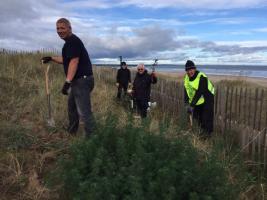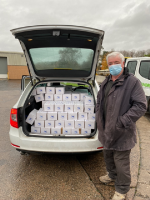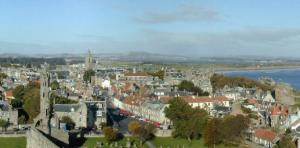Professor Len Thomas speaking on All Creatures Great and Small (mainly great)
Tue, Oct 6th 2020 at 7:00 pm - 8:30 pm
Professor Len Thomas
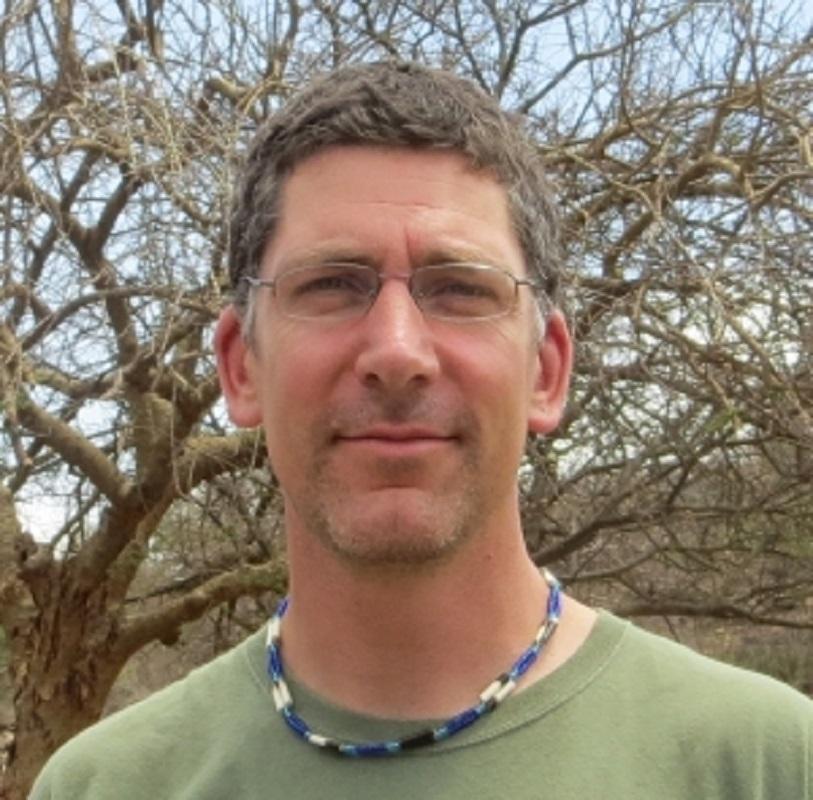
Professor Len Thomas, Joint Head of Statistics at St Andrews University presented a talk entitled “All Creatures Great and Small (mostly great)”. The subject matter was specifically on the grey seal population around the coasts of Scotland.
Such studies are led by CREEM (Centre For Research Into Ecological and Environmental Modelling), a multi-disciplined unit also based at the University.
Len focusses mainly on conservation issues relating to wild – and large – animal populations.
Scotland’s coastline hosts 40% of the world population of grey seals, known around Orkney and Shetland as “selkies”. For centuries seals were regarded by fishermen as a pest, as they damaged nets and ate the contents. They were regularly killed by gunshot and also hunted to near-extinction for their meat, oil and fur.
In 1914 the seals became the first animal in the UK to be named as a protected species. More conservation work followed and this year all shooting of seals in Scotland was banned.
Len told of the many methods used to research the selkies, all of them complicated as the animals spend most of their time underwater and therefore are difficult to observe and count.
Aerial photography is now the favoured way of finding and identifying them – particularly the seal pups – as Len showed pictures taken from a light aircraft of hundreds of pups on a secluded beach.
The first grey seal pup spotted in Scotland this year was on October 2, on the Isle of May off the Fife coast.
The North Sea in fact is the only area in which annual numbers of pups is growing. At the beginning of the 20th century seal numbers were extremely low but are now recovering thanks to the conservation measures put in place. Hundreds of seals are fitted with electronic tags which allows conservationists to track their movements and their numbers.
The current estimate of grey seal numbers in the UK as a whole is 152,800, seen as accurate mostly due to the aerial digital images.
Wilda McKinnon proposed the vote of thanks, recognising that Len’s statistical information was both unusual and enlightening.
Contact Wilda McKinnon about this page:
'What We Do' Main Pages:
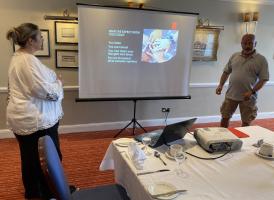
.jpg)
